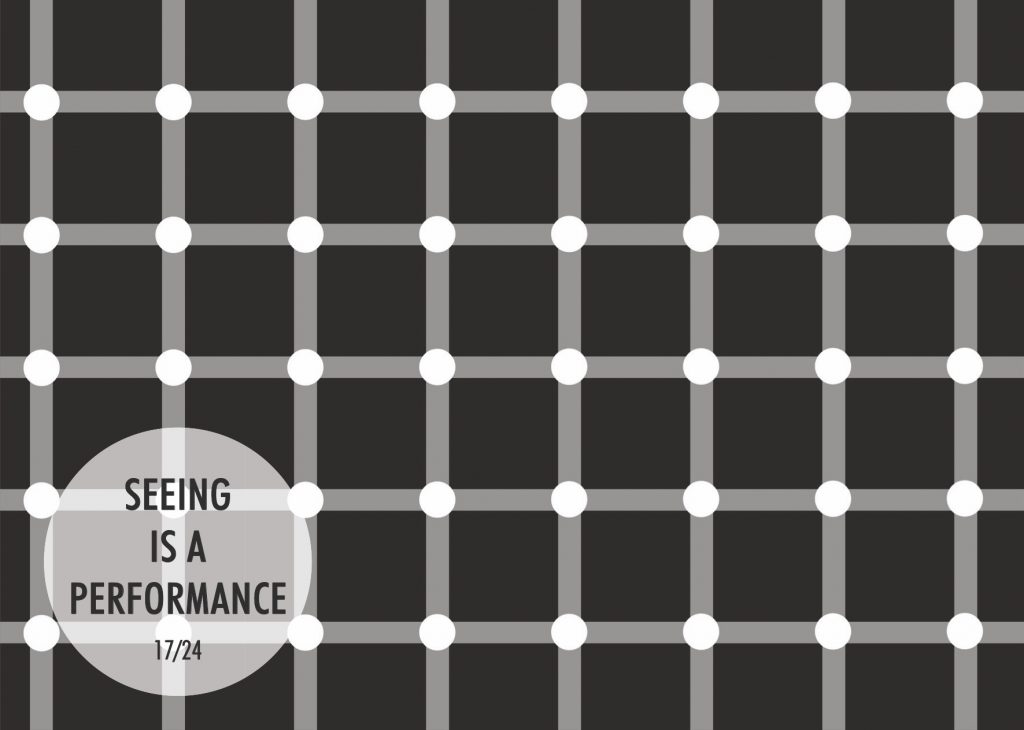
17/24
SEEING IS A PERFORMANCE
We do not see everything that is there – and not everything we see is actually there.
The ability of humans to visually perceive their surroundings is based on highly complex cognitive processes. While the eye collects stimuli, large areas of the brain are involved in generating images quickly and effectively on this basis. Elementary mechanisms enable the perception of sharpened edges, the accentuation of contrasts or the experience of spatial depth. In the course of designing spaces, it is therefore important to avoid overstraining stimulus patterns, such as some uniform, narrow stripes, perforations or grids, so that no visual stress arises.